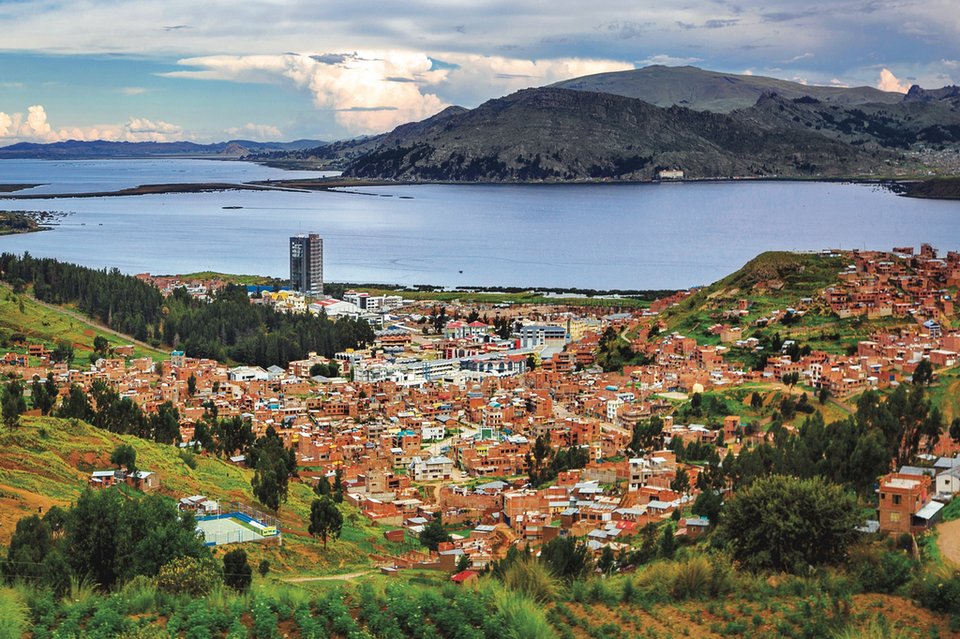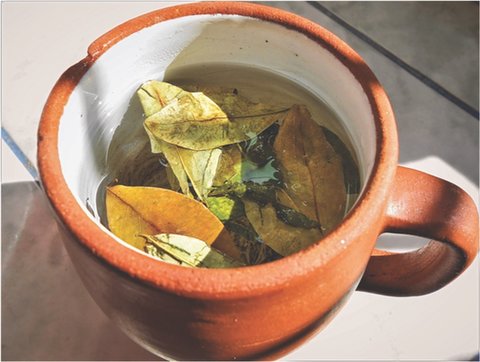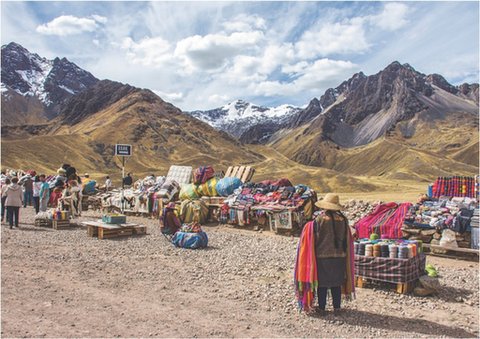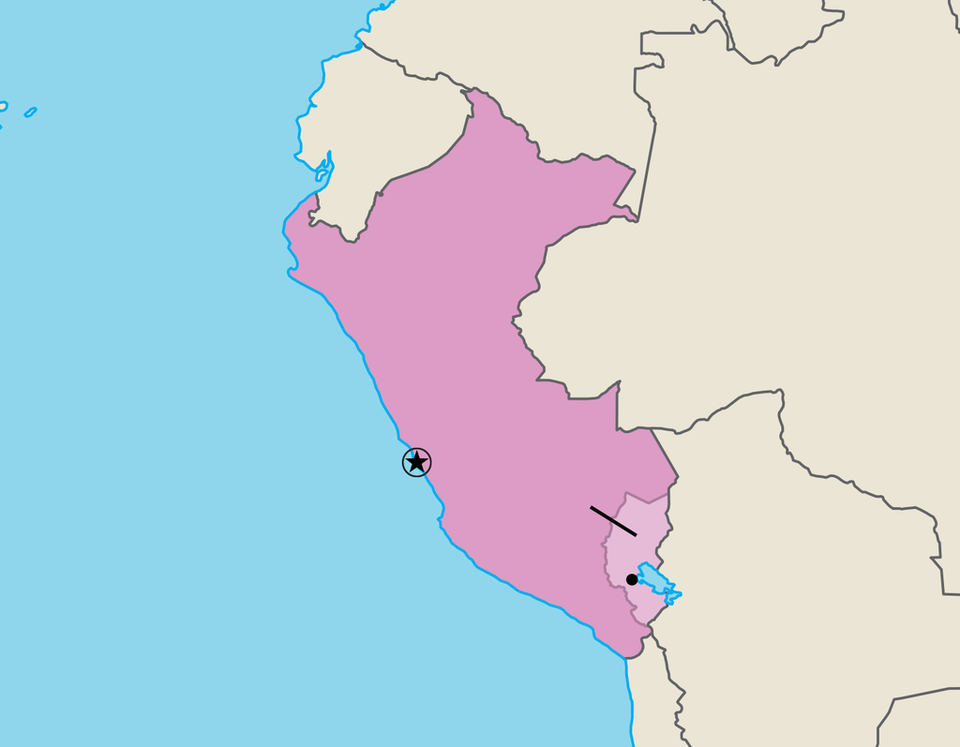IgrewupinCanadaandintheUnitedStates.Iwasalwaysinterestedinlanguages.IntheplaceswhereIlived,manylanguagesarespokenallthetime.Ilovelanguages,soIbecamea linguisticanthropologist.That’sapersonwhostudieslanguages.I’minterestedinhowlanguagesareusedandhowthey change.
WhenIwasincollege,Ihadanidea.Wouldn’titbeinterestingtodiscoveranewlanguage?Iknow.Itsoundscrazy.Yet,it’s possible.
Languagesdon’tstaythesame.Overtime,theychange.Sometimesanewversioniscreatedthatisnotlikeanyotherspokenlanguage.Tofindit,youmustbeattherightplaceattherighttime.IdecidedtolookinPeru,inSouthAmerica.InthePunoregionofPeru,peoplespeaktwo indigenouslanguages.That’salanguagethatisnativetoaplace.Puno’slanguagesareQuechuaand Aymara.


Learn a little Quechua or Aymara.Try these useful words and phrases:
Quechua:
Imanaylla kashanki?
(i-ma-naa-ya ka-shan-kee)
Aymara:
Kamisaraki
(ka-mee-sa-ra-kee)
English:
Howare you?



PunooverlooksLakeTiticaca,thelargestlakeinthe Andes.
LivingtheHighLife
Iwonderedif,overtime,QuechuaandAymaramighthavecombinedintosomethingnew.Totestmyidea,Ipackedmynotebooks,myaudiorecorder,anda microphone.
Ittookmeawhiletoadjusttomynewsurroundings.ThecommunitiesinPunoarewayabovesealevel.It’ssohighyoucanfeeltheeffectsonyourbody.Atfirst,Icouldfeelmyselfbreathingfasterandfeelingdizzy.Later,Ifeltsickandhada headache.

coca tea


Aymara:
Walikiwa
(wa-li-kee-wa)
Quechua:
Allinmi
(al-yeen-mee)
English:
Iam good.
Ihadaltitudesickness!So,Idrankalocalteamadefromcocaleaves.Soon,Ifeltbetter.Beinghighintheskyalsomeanslessozoneintheair.Lessozonemeanslessprotectionfromthesun’sultravioletrays.Here,peoplenevergooutwithouttheirsun hats.

Mountainsloomoverthis market.

ECUADOR
COLOMBIA
BRAZIL
CHILE
PERU
Lima
Puno
region
Puno
Lake
Titicaca
PACIFIC
OCEAN
BOLIVIA


